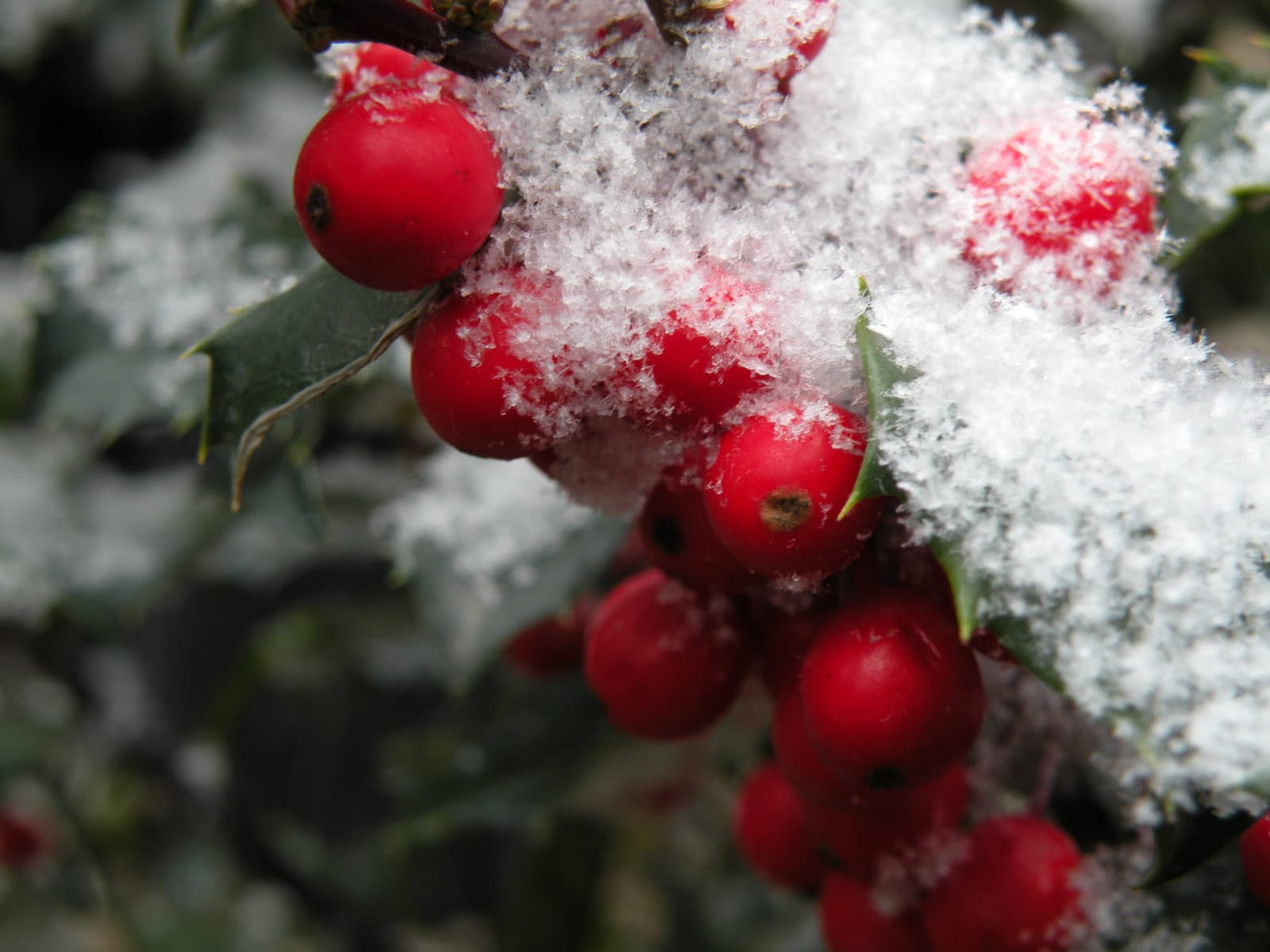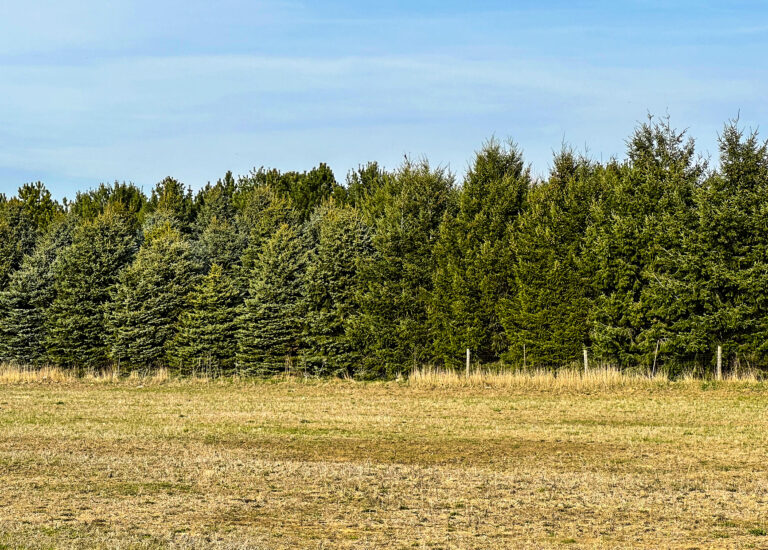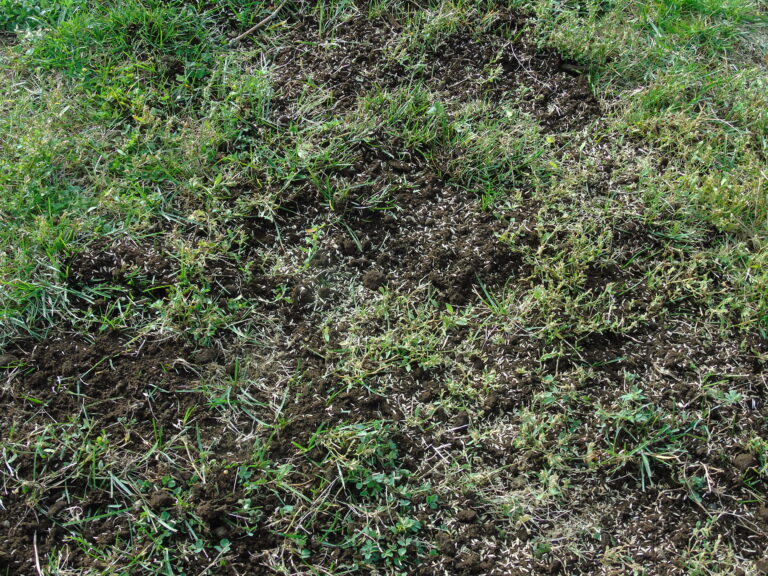Well, we all knew that it was coming, against all hopes and wishes, and yes, it arrived.
Last weekend’s first major snowfall is a sure sign that the gardening season has come to an end. It’s all melted now, but rest assured more is on the way soon.
You may be wondering if any of the plants in your garden need to be protected throughout the winter. Here are some tips to help them survive the next few months.
I am often asked if evergreens need to be wrapped in burlap for the winter? My usual answer is “No.”
If plants are properly placed in the garden, they should not need protecting for the winter months. Why plant something evergreen if you are just going to cover it up in the winter?
That is why we plant evergreens – to enjoy their beautiful foliage when the rest of the garden has gone leafless. If you are using plants that are hardy enough for our Zone 6 climate, they do not require any extra protection.
On the other hand, if your plants are more tender or if they are going to be exposed to constant winter winds or salt spray, then wrapping may be needed.
When wrapping trees with burlap or a protective blanket, do not to wrap the shrub directly, but instead put stakes into the ground and wrap the burlap around the stakes. Sometimes, all you need is to put protection on one side of the plant to stop strong winds.
It is the cold temperatures, wind and salt that you need to protect it from – not the snow.
It is best not to cover the top of the plant as the snow will accumulate there and could end up crushing the plants. Having the snow build up around the plant itself is a great way to insulate the plant.
Use burlap to wrap the plant because it still allows the plant to breath. Never use plastic.
Some pyramidal evergreens, such as pyramid cedars and junipers, will tend to split during a heavy, wet snowfall.
Instead of wrapping the tree with burlap to keep the main stems from splitting, it would be better to take some of the stronger, thicker stems and tie them together with a plastic or vinyl tie or by using wire covered with a piece of old hose so that ties will not cut into the stems.
This will keep the larger stems from splitting apart and you will still be able to enjoy looking at the foliage.
The best thing that you can do for all your evergreens (needle and broadleaf) is to give them a deep watering just before the soil freezes for the winter.
Because evergreens retain their foliage for the winter, they need to have adequate moisture available to them.
When evergreens go into the winter with dry soil, desiccation can occur. This is particularly true for evergreens planted close to the house where they receive no natural rainfall due to roof overhangs.
You can also use an anti-desiccant spray such as Wilt-Pruf, especially on broadleaf evergreens like boxwoods, azaleas and rhododendrons.
Wilt-Pruf acts as a protective coating, holding in moisture on plant foliage and stems, substantially reducing water loss during periods of plant stress.
The spray dries to form a clear, colourless, flexible, glossy film without interfering with plant growth or materially affecting respiration, osmosis or photosynthesis.
A natural product derived from the resin of the pine tree, Wilt-Pruf can also be used on cut Christmas trees, wreaths and garland to help prevent needles from drying out quickly.
These few simple tips will keep your evergreens looking good throughout the winter season.
Joanne Young is a Niagara-on-the-Lake garden expert and coach. See her website at joanneyoung.ca.











